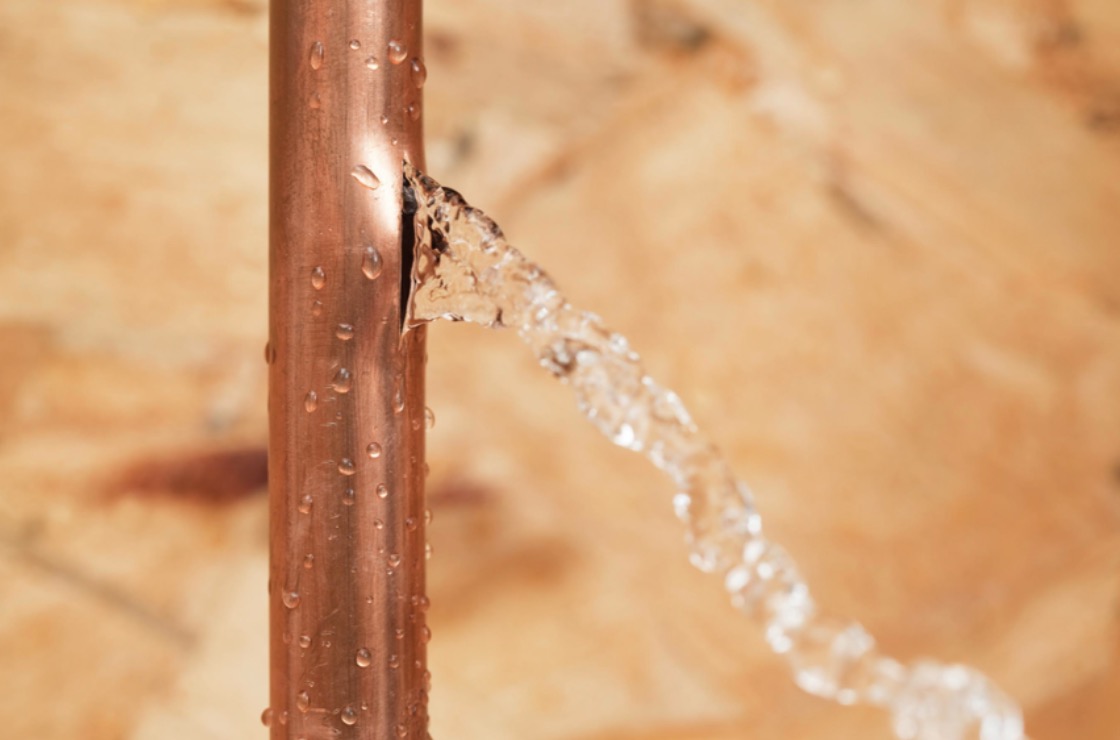Exposing the Key Sources of Leak Problems Inside The Home
Exposing the Key Sources of Leak Problems Inside The Home
Blog Article
In this article down the page you can find more helpful resources involving How to detect water leaks in your home.

Leakages not just cause waste of water but can also create unneeded damages to your house as well as advertise undesirable organic development. Water leakages may go unnoticed because many of the pipework in our residence is concealed. By comprehending and looking for day-to-day circumstances that cause leaks, you can safeguard your home from future leakages and unnecessary damages. Today, we will consider 6 leak triggers that might be causing your pipelines to drip.
Elbowing in origins
A lot of water leakages start outside the house instead of inside it. If you notice an unexpected decrease in water stress, say in your tap, take time to go out and also examine your backyard. You might see wet patches or sinkholes in your yard, which might indicate that tree origins are invading water lines causing water to seep out. You can have your plumber check for invasion, especially if you have trees or hedges near your property.
Rusty water systems
As time passes by, your plumbing system ages as well as corrosion such as corrosion might begin gnawing the pipes. This could be the root cause of staining or bending on your water pipes. This calls for an assessment with your plumber promptly. Consider changing the pipes given that they are at a greater threat of rust than the more recent models if our plumbing system is old.
Malfunctioning Pipeline Joints
Pipe joints can degrade over time, resulting in water leaks. If you have loud pipelines that make ticking or banging noises, particularly when the warm water is turned on, your pipe joints are probably under a whole lot of pressure.
Instantaneous temperature level changes.
Extreme temperature adjustments in our pipes can cause them to expand and also acquire unexpectedly. This growth as well as tightening might create splits in the pipelines, especially if the temperature are listed below freezing.
Poor Water Connectors
At times, a leak can be triggered by loosened tubes as well as pipelines that provide your devices. Usually, shifting is what causes the loosened water Connections. You might discover in the case of a washing device, a tube might spring a leakage as a result of shaking throughout the spin cycle. In case of a water connections leakage, you may see water running straight from the supply line or puddles around your devices.
Clogged Drains
Blocked drains pipes may be annoying and also inconveniencing, however they can in some cases end up triggering an overflow resulting in break pipes. Keep removing any kind of materials that might decrease your drains pipes that could block them to prevent such troubles.
All the above are sources of leaks yet not all water leakages arise from plumbing leakages; some leaks may originate from roof covering leakages. All leaks must be fixed quickly to stay clear of water damages.
Leaks not only trigger waste of water however can additionally create unnecessary damage to your home and also advertise unwanted natural growth. By comprehending as well as looking for day-to-day scenarios that create leaks, you can safeguard your home from future leakages as well as unneeded damages. Today, we will look at six leak causes that might be causing your pipelines to trickle.
At times, a leakage can be created by loosened hose pipes as well as pipes that supply your devices. In case of a water connections leak, you might discover water running straight from the supply line or pools around your appliances.
How To Check For Water Leak In Your Home
How To Check for Leaks
The average household's leaks can account for nearly 10,000 gallons of water wasted every year and ten percent of homes have leaks that waste 90 gallons or more per day. Common types of leaks found in the home are worn toilet flappers, dripping faucets, and other leaking valves. These types of leaks are often easy to fix, requiring only a few tools and hardware that can pay for themselves in water savings. Fixing easily corrected household water leaks can save homeowners about 10 percent on their water bills.
To check for leaks in your home, you first need to determine whether you're wasting water and then identify the source of the leak. Here are some tips for finding leaks:
Take a look at your water usage during a colder month, such as January or February. If a family of four exceeds 12,000 gallons per month, there are serious leaks.
Check your water meter before and after a two-hour period when no water is being used. If the meter changes at all, you probably have a leak.
Identify toilet leaks by placing a drop of food coloring in the toilet tank. If any color shows up in the bowl after 10 minutes, you have a leak. (Be sure to flush immediately after the experiment to avoid staining the tank.)
Examine faucet gaskets and pipe fittings for any water on the outside of the pipe to check for surface leaks.
Undetected water leaks can happen without the home or business owner even realizing. If you suspect a water leak, but not able to find the source. It is time to contact a professional water leak detection service, The Leak Doctor.
How To Find a Water Leak In Your Home
https://www.leakdoctor.com/blog/How-To-Check-For-Water-Leak-In-Your-Home_AE197.html

We are very fascinated by How to Find Water Leaks and I'm hoping you enjoyed our piece. Remember to take the time to promote this blog post if you liked it. Thank you for your time. Visit us again soon.
Schedule Appointment Now Report this page